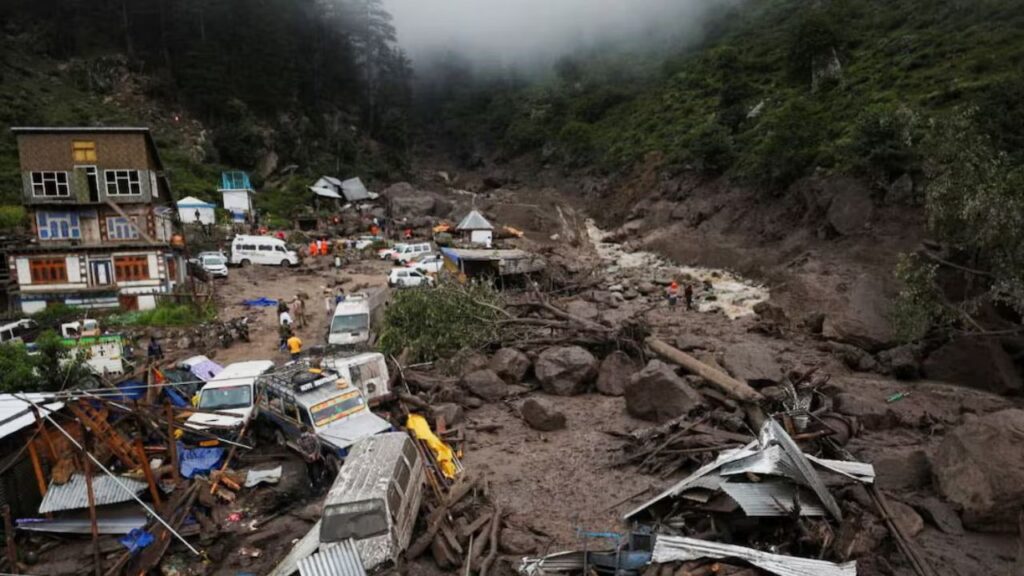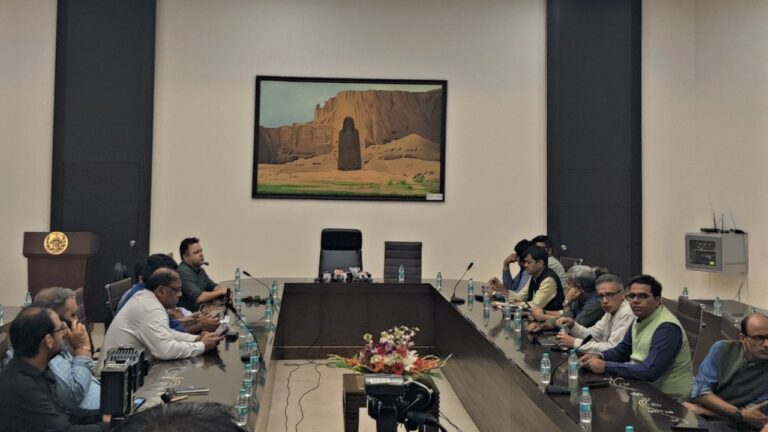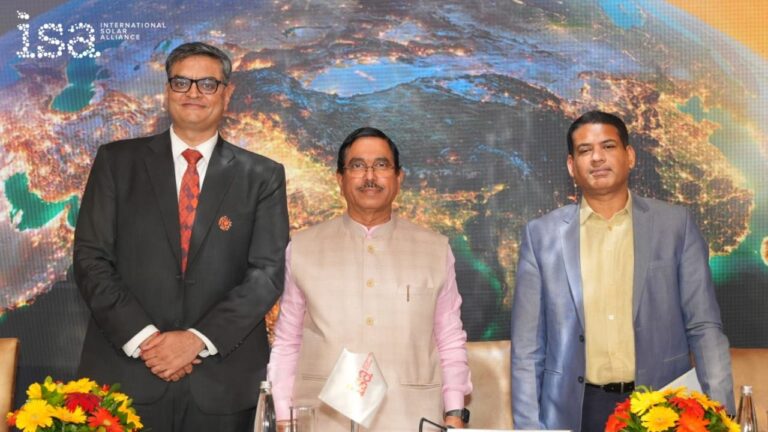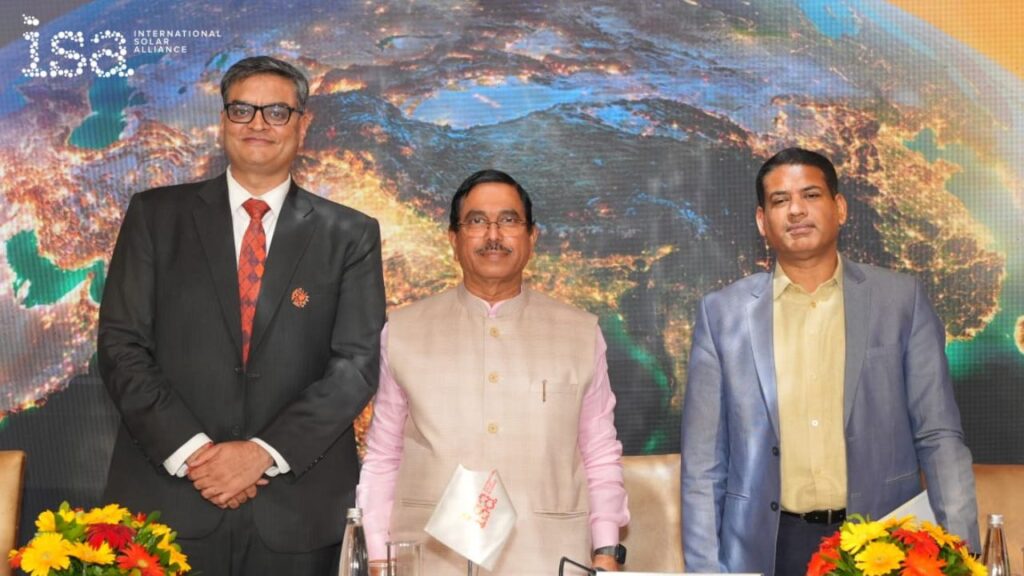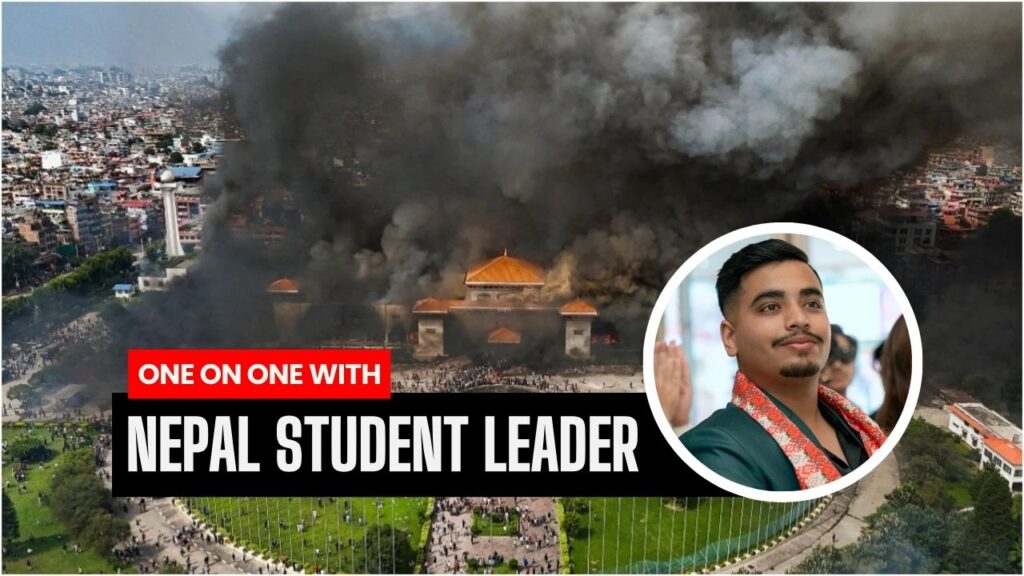Heavy rains triggered sudden flash floods in Kashmir last week, leaving hundreds of families homeless and several areas submerged. Rivers and streams swelled within hours, sweeping away houses, fields, and shops. At least 60 people have reportedly lost their lives, many remain missing, and more than 1,500 people have been shifted to relief camps set up in schools and community halls.
From early morning, rain lashed the Valley. By afternoon, water levels in rivers and streams rose to dangerous levels, leaving little time for people to evacuate. In villages across Pulwama and Anantnag, residents rushed out of their homes carrying children, elderly relatives, and whatever belongings they could grab. For many, it was a matter of minutes between safety and disaster.
Shabnam, a young mother from Pulwama, held her two children close as she recalled the terrifying moment water entered her home. “The flood came like a wall breaking in. We could only run with the children. Everything, clothes, food, even our documents, was washed away. Only our lives are left,” she said.
The devastation was particularly harsh for farmers, many of whom depend solely on their land. Abdul Gani, a 70-year-old farmer in Anantnag, stood helplessly watching his fields being drowned in muddy water. “This land has fed us for years. Now, the crops are gone. The house is damaged,” he said.
Rescue and relief efforts began as soon as the situation worsened. Teams from the Army, NDRF, and SDRF moved into flooded villages with boats and trucks, evacuating stranded families. By evening, more than 1,500 people had been rescued and housed in makeshift camps. These temporary shelters are crowded, with women clutching children, men worrying about their homes.
Shops were destroyed as floodwaters rushed in, leaving shopkeepers staring in despair at their broken livelihoods. Electricity was cut in several districts to prevent accidents, plunging entire neighborhoods into darkness. Mobile networks were disrupted, making it harder for families to contact their loved ones outside Kashmir.
Relief workers say that in some places, there is simply no road left to reach people. Even where roads remain, they are buried under mud and debris.
The situation has brought back painful memories of the 2014 floods, when half of Srinagar and large parts of the Valley remained under water for weeks. Locals say the fear is the same as being trapped again, of losing everything again.
Abdul Rashid, a shopkeeper in Anantnag, said, “Every time it rains, we can’t sleep. The fear of another disaster is always there. Now, with this flood, it feels like 2014 all over again. The rain may have slowed, but no one knows what comes next.”
Experts have repeatedly warned that unplanned construction, shrinking wetlands, and poor drainage make Kashmir more vulnerable to such disasters. Environmental activists say the rains may be natural, but the scale of destruction is worsened by human negligence. Locals, too, admit that better preparedness could have saved lives and homes.
The government has promised urgent assistance. The Chief Minister’s office released a statement late Sunday night, assuring that food packets, medicines, and blankets are being sent to affected areas. Helplines have been issued, and officials said that rehabilitation measures will begin soon. Yet, for families sitting in camps, uncertainty weighs heavier than the promises.
Young volunteers have come forward with boats to rescue stranded neighbors. Families have opened their homes to strangers. As night fell, families huddled together in relief centers, praying for safety. Farmers stood silently, staring at drowned fields, while children clung to their parents for comfort.
For Kashmir, the wait now is for rivers to calm, for waters to recede, and for life to return to some sense of normalcy. But with broken homes, lost crops, and uncertain futures, the road back will be long and painful.

